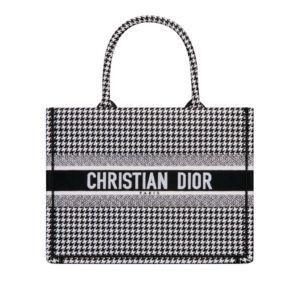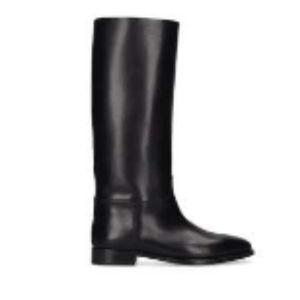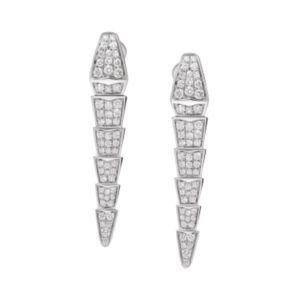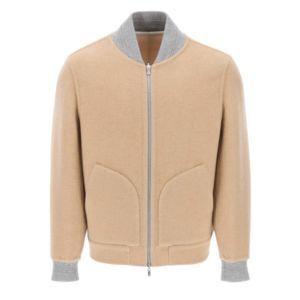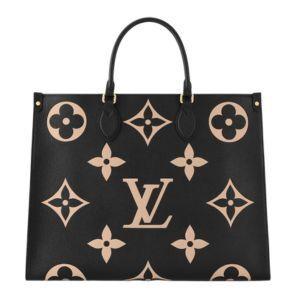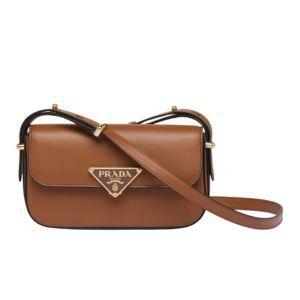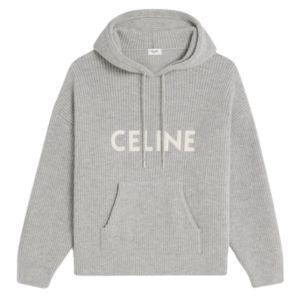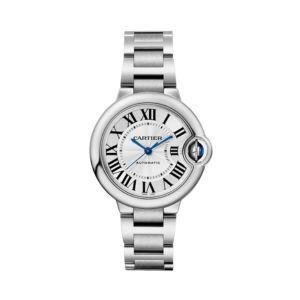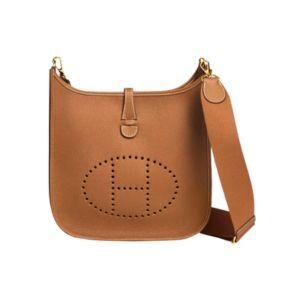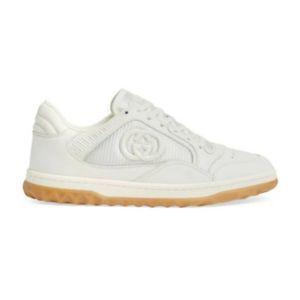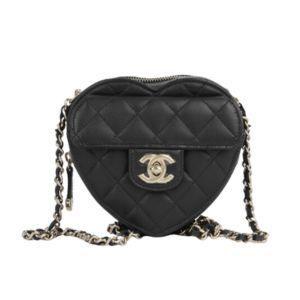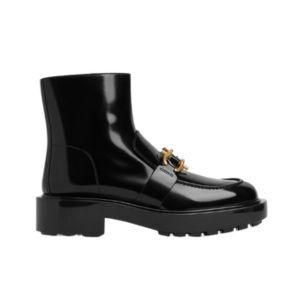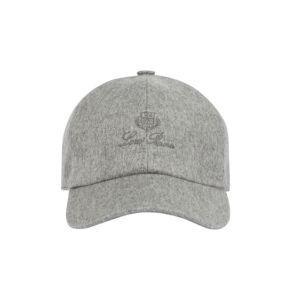
Cut, Colour, Clarity and Carat - a simple, yet revolutionary concept to help you understand your diamond.
The 4Cs Of Diamonds Explained
In the 1940’s Robert M. Shipley, the founder of GIA (Gemological Institute of America) devised the term “4Cs” in order to help his students remember the four factors that characterise a diamond: colour, cut, clarity and carat weight.
His successor, Richard T. Liddicoat expanded on this work further, by introducing the GIA D-to-Z colour scale and the GIA clarity scale - now universally used grading systems.
Prior to this diamonds were either classed as “poorly made” or “well made” when it came to their cut; or “river”, “water” and “cape” to describe their colour.
Today, the 4Cs are used worldwide, giving a simple to understand system for jewellers and diamond lovers alike to help understand the exact qualities of a diamond.
When talking about diamond colour, you’re actually looking for a lack of colour. The lower the letter, the less colour the diamond has, with D being classed as colourless and Z being classed as light.
Most diamond jewellery uses G - J grade nearly colourless diamonds. If you’re looking for investment jewellery and special pieces aim for the best grade possible, however for daily wear the difference in grades can be difficult to spot with the human eye so you may find a lower grade acceptable.
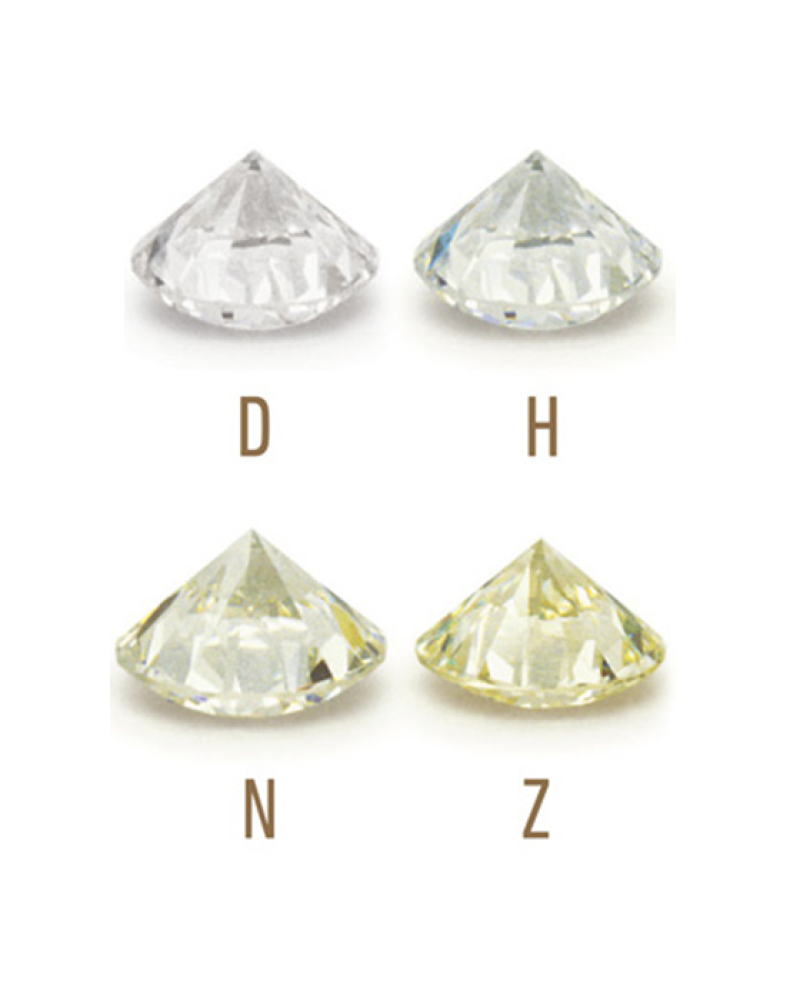
Diamond clarity refers to the number, size and position of inclusions and blemishes on the diamond. Inclusions and blemishes happen due to the carbon exposure and pressure on the earth that actually creates the diamond. This makes it very rare to find a Flawless diamond.
There are 11 clarity grades, which can be grouped into six categories:
Flawless (FL): No inclusions and no blemishes visible under 10x magnification
Internally Flawless (IF): No inclusions visible under 10x magnification
Very, Very Slightly Included (VVS1 and VVS2): Inclusions so slight they are difficult for a skilled grader to see under 10x magnification
Very Slightly Included (VS1 and VS2): Inclusions are observed with effort under 10x magnification, but can be characterised as minor
Slightly Included (SI1 and SI2): Inclusions are noticeable under 10x magnification
Included (I1, I2, and I3): Inclusions are obvious under 10x magnification which may affect transparency and brilliance
VS1 tends to be the most commonly used clarity grade in diamond jewellery; however fine jewellery brands like Antinori Fine Jewels use Internally Flawless diamonds in a number of their designs to create their show stopping pieces.

The cut of your diamond doesn’t refer to its shape (marquise, round, oval etc), but how well the diamond’s facets interact with light. The grading ranges from Excellent to Poor, with five bands.
This is the hardest quality metric for jewellers to measure and they look for effects including:
Brightness: Internal and external white light reflected from a diamond
Fire: The scattering of white light into all the colours of the rainbow
Scintillation: The amount of sparkle a diamond produces, and the pattern of light and dark areas caused by reflections within the diamond
The grading also takes into account the craftsmanship of the diamond including its weight, girdle thickness, symmetry and quality of the polish: all of which can impact how light interacts with the diamond and how the light returns to your eye.

Carat is the most commonly known of the 4Cs and simply refers to the weight of the diamond. A “carat” is 200 milligrams in weight, and each carat is subdivided into 100 “points”, giving you very premise measurements of your diamond.
Many believe that the higher the carat weight, the more expensive the diamond; however all 4Cs come into play when determining the value of a diamond; so whilst a diamond carat may be smaller, if it’s colour, cut and clarity are much stronger, the value may be the same.
That being said, larger carat diamonds are rarer, so the value of a large carat diamond would tend to outweigh the value of a number of smaller diamonds.

All GIA certified diamonds come with a certificate detailing their colour, cut, clarity and carat. This can help you as both a buyer and seller in determining the value of the jewellery; however if you are unsure, then please reach out to our jewellery experts.




